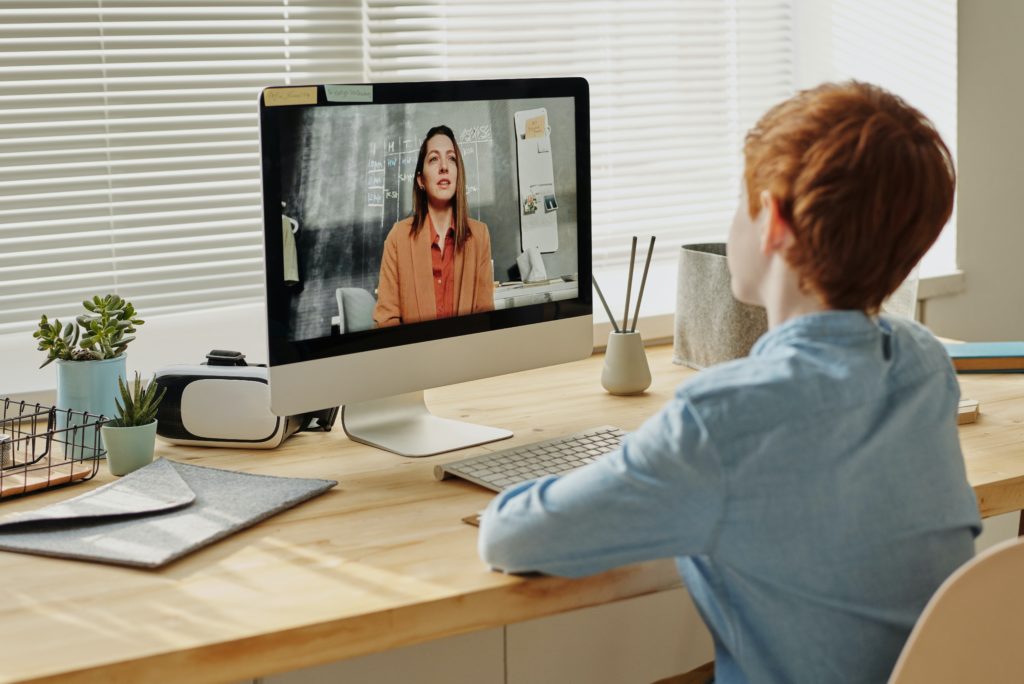How Technology is Changing the Future of Education
By: Karan Bajaj

The ongoing Covid-19 pandemic has brought to the forefront how technology can impact education. Many students found themselves learning remotely through Zoom and other online platforms instead of going to an in-person classroom. This is just the tip of the iceberg, though—technology is affecting education in other ways, such as with artificial intelligence, virtual reality and assistive technology.
Artificial Intelligence and Education
The artificial education market is currently valued at half a billion dollars and this is expected to increase to at least 6 billion by 2024. AI algorithms are helping to enhance education by analyzing every interaction students have with their teachers.
That students learn at different rates is not new. AI will take the burden off teachers to tailor every lesson to each student. Students will be able to learn at their own pace, using the methods that work best for them. It may be possible for students to set their own educational goals as well, as student’s performance tends to improve when they have some say in what they want to accomplish.
AI can quantify a student’s understanding of a lecture by looking for patterns. They can evaluate where a student struggles and highlight where they shine. No more having a classroom of twenty students listening to the same lecture whether they understand it or not.
Virtual Reality and Education
Virtual reality can have a significant impact on the way a student comprehends information. At least 65% of the population are visual learners. When you consider that a great deal of education consists of a teacher or a professor talking at students—that is, an auditory presentation—you can begin to grasp how much of an impact virtual reality can have.
Imagine having foreign language students practice with virtual reality partners until they’re comfortable conversing in a new language. Virtual reality creates a whole world that students can interact with—they can not only listen to a story, but they can also visit where it takes place.
Some students, such as students on the autism spectrum, struggle with social skills. Virtual reality can help these students by using virtual partners, which adapt as they gain skills, to gently correct their behavior over time.
Assistive Technology and Education
Adapting education for each student will bring about a sea change in the way we learn. With assistive technology, students can take advantage of self-paced lessons. They won’t have to struggle to keep pace with others, which may increase their confidence. Assistive technology is especially helpful for disabled students, who may need to ask the same question a few times until they get it. Chat bots and other tools are part of the way technology is personalizing education.
Imagine if every student fulfilled their potential. They could go on to develop technologies to assist other students and learn to code so they can develop their own programs. I’m Karan Bajaj, the founder of Whitehat Jr. We are the top coding learning platform for children to learn coding, which will pave the way for future technologies in education.






